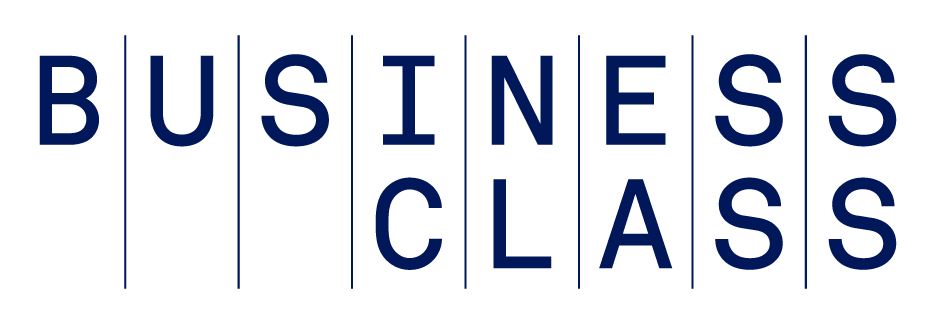We've all seen the numbers about the importance of diversity. Diverse organizations generate higher revenues, they are more innovative and they see lower rates of turnover than their less diverse competitors.
But skin color and gender aren't the only measures to consider when building a diverse organization. If business leaders want to leverage the full financial benefits of creating diverse organizations, they also need to seek out diversity of thought.
The Benefits of Diverse Thinking
“Look at any high performing business and you will see diversity of thought behind growth and innovation," says Antonia Hock, global head of The Ritz-Carlton Leadership Center, a global consulting and advisory firm in Bethesda, Maryland.
One of the reasons diverse companies are more successful on virtually every measure is that they bring multiple viewpoints to the table. Diverse teams have different life experiences, which causes individuals to approach problems differently, and to empathize with end users in new ways, Hock says. “The wider the diversity of experiences, the wider the pool of knowledge that the team will bring to each decision, idea or project."
This is especially important for small businesses that don't have as many people to rely on, says Kimberly Douglas, CEO of Firefly Facilitation, a change management consultancy in Atlanta. “Small businesses can easily get caught up in group think, which crushes diverse thinking."
What Is Diversity of Thought?
Diverse thinkers don't offer visual cues, Douglas notes. You can have a room full of people from diverse backgrounds and experiences, but if they are all analytical thinkers you won't get the “creative abrasion" that comes when you combine analytical thinkers with risk-takers, brainstormers and empathetic thinkers. “Bringing together different types of thinkers creates better results," says Douglas.
While you may not be able to identify them on sight, there are ways to guarantee your workforce includes a variety of thinking types.
1. Break down silos. An easy way to foster diverse thinking is to create inter-disciplinary teams, says Chris Barr, director of marketing for Taradel, a marketing technology company in Glen Allen, Virginia. “When you have a broad range of people tackling a challenge from a lot of different angles you get a superior product," he says.
Barr points to a recent project in which his company was hired to create a platform to help local political candidates promote their candidacy on a limited budget. He brought together tech, creative, marketing and business people to jointly brainstorm a solution. The tech team suggested they use an existing GPS mapping system to help candidates identify targeted voting clusters; the creative team came up with a plan to create issue-based ad templates that candidates could use to create ad campaigns; and the business team identified an existing e-commerce platform to streamline purchasing. “Each of their input added value to the project," Barr says. “When you break down silos between teams you get rewarded with great ideas."
2. Assess thinking styles. Douglas takes a more scientific approach, using personality assessments, like the Whole Brain thinking model, Myers Briggs or Insights to identify different thinking types on teams. At the start of any project or facilitation, she asks each team member to complete the assessment, then to share their results with the group—reminding them that all thinking types add value to the process. Then she looks for opportunities to pair dissimilar thinkers to inspire more creative outcomes. “Seeing their own results and looking at others helps people recognize their own strengths and blind spots," she says. It also leads to greater understanding of the value others bring to problem solving, which drives better collaborations.
3. Use diverse thinking techniques. If a team lacks diversity of thought, certain brainstorming strategies can help close the gaps, Douglas says. For example, when she's working with a group who always jump to the same conclusions, she asks them, "What is the second right answer?" “Teams that think alike tend to come up with the same answer quickly," she says. Asking them to identify the next best solution forces them to slow down and to question whether they are considering all of their options.
She also asks teams to consider the problem from four different perspectives: facts and analysis; the human element; big ideas; and milestones to hit. “It's a great way to get people to stretch their thinking beyond where they are comfortable," she says.
4. Encourage everyone to speak up. No matter how good your assessments are, if leaders don't acknowledge the value of all thinking types and give everyone an opportunity to contribute, it won't work, Hock says. “Leaders have to support all opinions and ideas; that's critical to creating a space where everyone can feel heard and valued."
And when diverse thinking teams experience conflict—as they surely will—leaders need to become mediators who are willing to hear all sides before making a decision that everyone can respect, she says.
When you have a broad range of people tackling a challenge from a lot of different angles you get a superior product.
—Chris Barr, director of marketing, Taradel
Once again, this is especially important for small-business owners. “To capitalize on all the people in an organization, small-business owners need to figure out how to create an environment where people with different perspectives are valued," Douglas adds. “That is how brilliant solutions occur."
Photo: Getty Images



